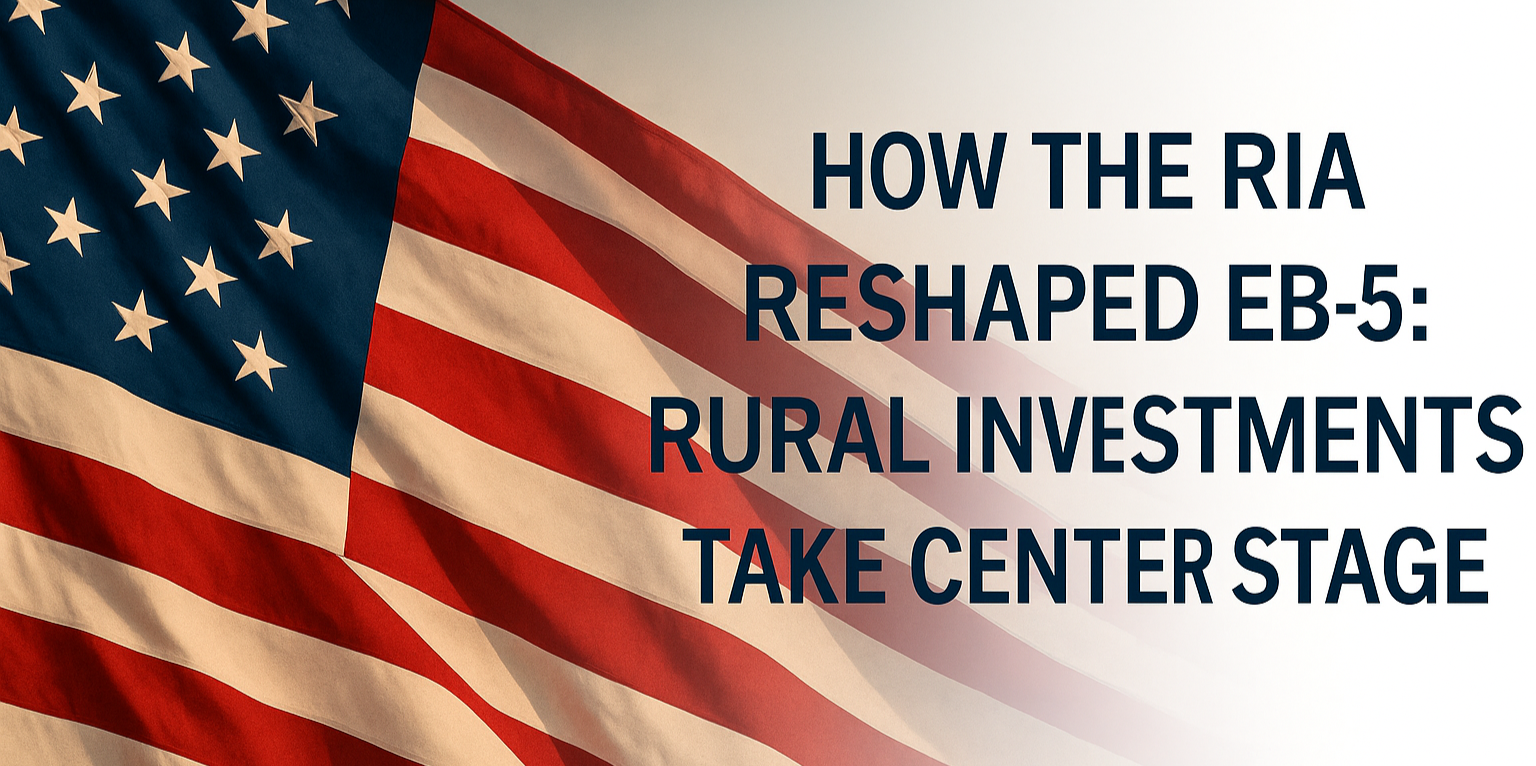The EB-5 Program offers investors a unique pathway to U.S. residency, but its success hinges on a pivotal factor—job creation. As an investor aiming for an EB-5 visa, understanding how job creation works in this context is crucial. This post will provide clarity on job creation models, explore the differences between indirect and direct jobs, and guide you on how to verify compliance to enhance your confidence in investing.
Understanding EB-5 Job Creation
At the heart of the EB-5 Program is its commitment to creating jobs within the U.S. economy. To qualify, each investment must create at least 10 full-time jobs. This requirement can be met through different job creation models:
- Direct Jobs: These are positions directly associated with the EB-5 project, such as employees working on-site at a business benefiting directly from the investment.
- Indirect Jobs: These are jobs created in the broader economy as a result of the project. They can include suppliers, contractors, or other external roles boosted by the project’s presence.
Indirect vs. Direct Job Creation: What’s the Difference?
- Direct Jobs often apply to enterprises where the investment results in immediate hiring, such as manufacturing companies or retail establishments.
- Indirect Jobs are evaluated using economic modeling tools. These tools calculate economic impact—like those within regional centers that promote projects in specific geographic areas.
Understanding these models is essential, as each carries different implications for compliance and risk.
Verifying Job Creation Compliance
To ensure your investment meets EB-5 requirements, it’s important to verify job creation claims. Here’s how to do it:
- Request Documentation: Always ask for project documentation that outlines job creation forecasts and methodologies.
- Check Economic Models: For indirect jobs, verify the economic model used to substantiate job creation claims (e.g., RIMS-II, IMPLAN). These models provide a transparent view of the economic impact.
- Seek Third-party Reports: Independent verification from credible third-party economic analysts can strengthen the credibility of claimed job numbers.
- Regional Center Scrutiny: Ensure the project is backed by a USCIS-approved regional center with a track record for compliance and success.
Mitigating Risks
While no investment can assure returns, selecting projects with a transparent job creation strategy minimizes risk. Understanding these elements will not only elevate your confidence but also align your investment with regulatory compliance.
Contact Us for Guidance
Navigating the EB-5 process doesn’t have to be daunting. Our team at EB5 Coast to Coast is here to help you explore your options. Schedule a consultation today to discuss how you can invest confidently and secure your path to U.S. residency.




